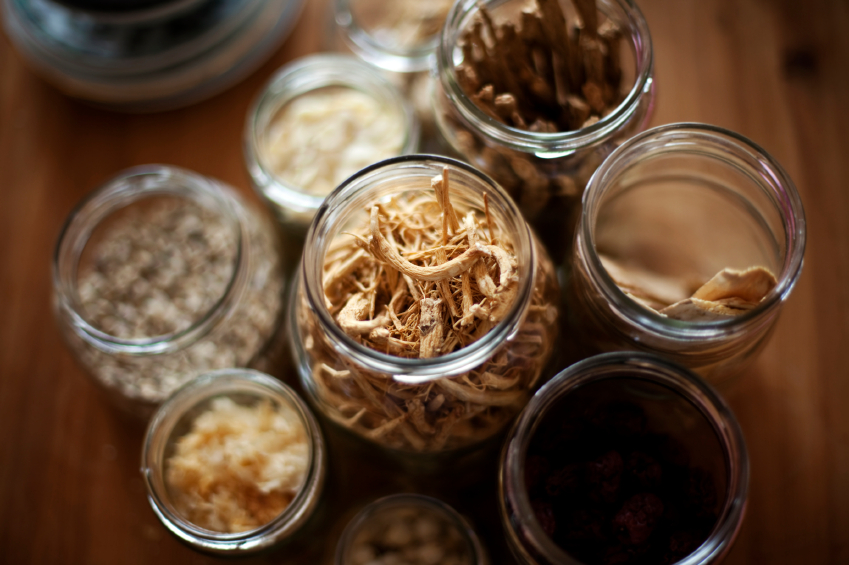Healing & Wholeness

Healing & Wholeness
 Chinese herbal medicine is easily the the most highly evolved medical system in the world. Its immense scale of experience spans countless trillions of administrations over thousands of years. Over 10,000 natural substances are catalogued in Chinese herbal pharmacopia. These substances, refered to as “herbs”, consists of thousands of plant species from all over the world as well as both mineral and animal materials. Chinese herbs are most often taken in formulae (combinations of herbs) rather than singly. By combining herbs, synergies have been discovered that vastly increase the medicinal effects. Blending herbs in this way also allows the herbologist to neutralize unwanted side-effects. These blends (formulas) consist of principal herbs, assisting herbs, directional herbs, and herbs that reduce the side effects, or aid the digestion of a particular herb. Herbs can be ingested as boiled teas called decoctions (tang), milled powders (san), pills (pian), tablets (wan), granulated or tinctured extracts, or draughts (steeped like tea). Topically, herbs are used in poultices, plasters, soaks, ointments, washes, and fumigants (burning herbs).
Chinese herbal medicine is easily the the most highly evolved medical system in the world. Its immense scale of experience spans countless trillions of administrations over thousands of years. Over 10,000 natural substances are catalogued in Chinese herbal pharmacopia. These substances, refered to as “herbs”, consists of thousands of plant species from all over the world as well as both mineral and animal materials. Chinese herbs are most often taken in formulae (combinations of herbs) rather than singly. By combining herbs, synergies have been discovered that vastly increase the medicinal effects. Blending herbs in this way also allows the herbologist to neutralize unwanted side-effects. These blends (formulas) consist of principal herbs, assisting herbs, directional herbs, and herbs that reduce the side effects, or aid the digestion of a particular herb. Herbs can be ingested as boiled teas called decoctions (tang), milled powders (san), pills (pian), tablets (wan), granulated or tinctured extracts, or draughts (steeped like tea). Topically, herbs are used in poultices, plasters, soaks, ointments, washes, and fumigants (burning herbs).